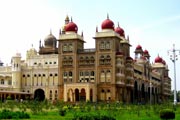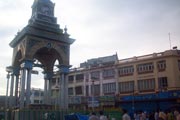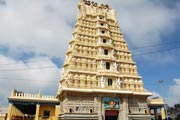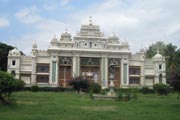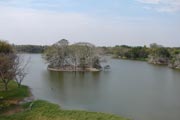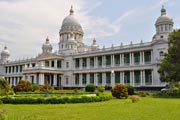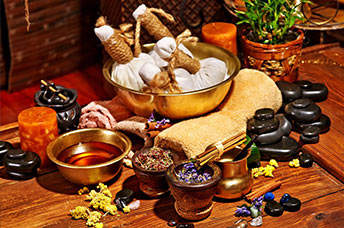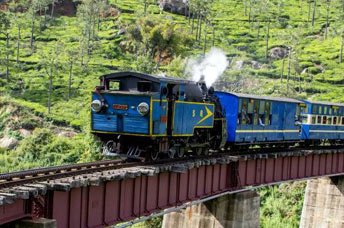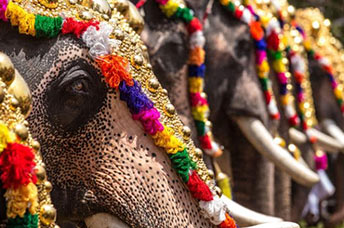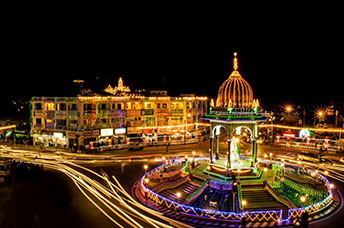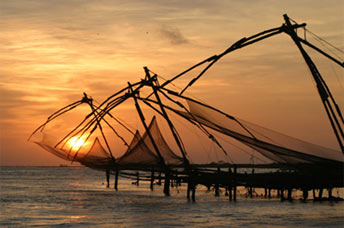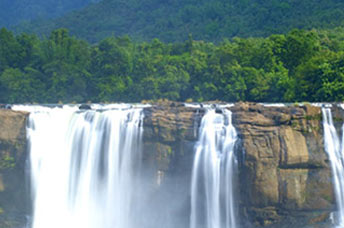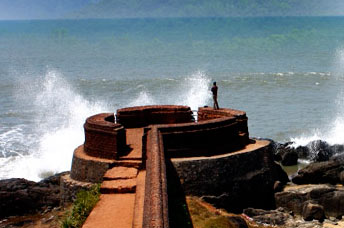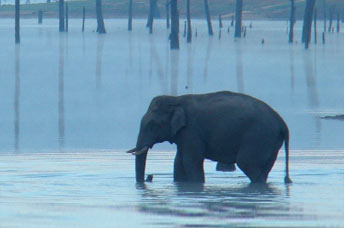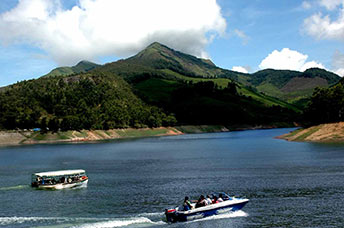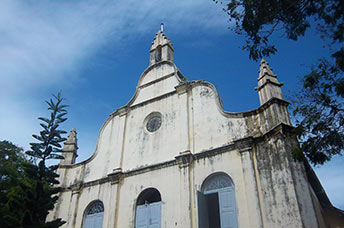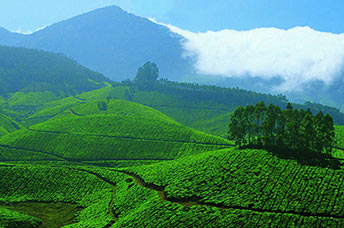Located at the foot of the Chamundi Hills, southwest of the state capital Bengaluru, Mysore is famous for the palaces of its royalty and the the festivities that take place during the Dasara festival when the city receives a large number of tourists. The town also lends its name to the Mysore style of painting, the sweet dish Mysore Pak, the Mysore Peta (a traditional silk turban) and the garment known as the Mysore silk saree.
Bustling Bazaars, wide roads fringed by historical buildings, serene residential suburbs, hospitable people and a laid back lifestyle are the hallmarks of Mysore.
Mysore is also sometimes referred to as ‘the City of Palaces’ because of seven grandiose homes of the Wodeyar dynasty – erstwhile ruler of Mysore, dotting different parts of the town. Among the most noteworthy examples are Amba Vilas, popularly known as ‘Mysore Palace’, the Jaganmohan Palace, which also contains a popular art gallery, Rajendra Vilas, also known as the ‘summer palace’, Lalitha Mahal, which has been converted into a hotel and Jayalakshmi Vilas. Today, Mysore is also an important information technology hub with many of the major companies in nearby Bangalore opting to shift their facilities here. The Brindavan Gardens situated near Mysore is also a popular destination on tourist itineraries.


